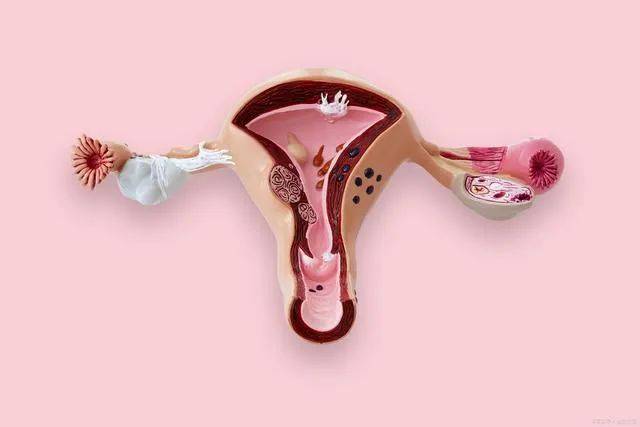One netizen asked: Does uterine scar diverticulum affect the next pregnancy?
Hello, uterine scar diverticulum is usually closely related to cesarean section surgery and generally occurs in women with a history of cesarean section.
During a cesarean section surgery, a incision is made in the lower segment of the uterus to remove the fetus, and after the fetus is delivered, the incision in the uterus is sutured. However, if the incision site has poor blood circulation and heals poorly after suturing, including the lower position of the uterine incision, improper alignment of the incision edges, or the sutures being too loose or too tight, it can lead to a concave scar formation process, creating small separations and cavities.
If there are conditions such as gestational diabetes, placenta previa, or hypertension, the risk of infection during cesarean section increases, which can lead to infection at the incision site, affecting healing and resulting in scar diverticulum.
Uterine scar diverticulum is mainly characterized by prolonged menstrual periods, heavy menstrual flow, incomplete menstrual bleeding, and may also include menstrual abdominal pain, as well as infertility in some women.
A simple and small scar diverticulum generally does not affect subsequent pregnancies or pregnancy rates.
However, if during pregnancy it is found that the fertilized egg is implanted in the scar, it can have a significant impact. Scar pregnancies usually do not have obvious clinical symptoms in the early stage, but as the pregnancy progresses, abdominal pain, vaginal bleeding, and in severe cases, massive bleeding and uterine rupture can occur. This can have a considerable impact on pregnancy and overall health. Therefore, pregnant women with uterine scar diverticulum should promptly determine the position of the gestational sac to rule out scar pregnancy.
If the uterine scar diverticulum is not severe, normal pregnancy can be followed under medical advice. For women with diverticula larger than 2 centimeters, the diverticula should be repaired before pregnancy. Minimally invasive surgery to remove scar tissue and re-suturing can be performed for treatment.


